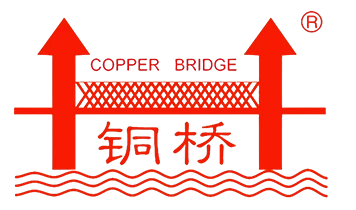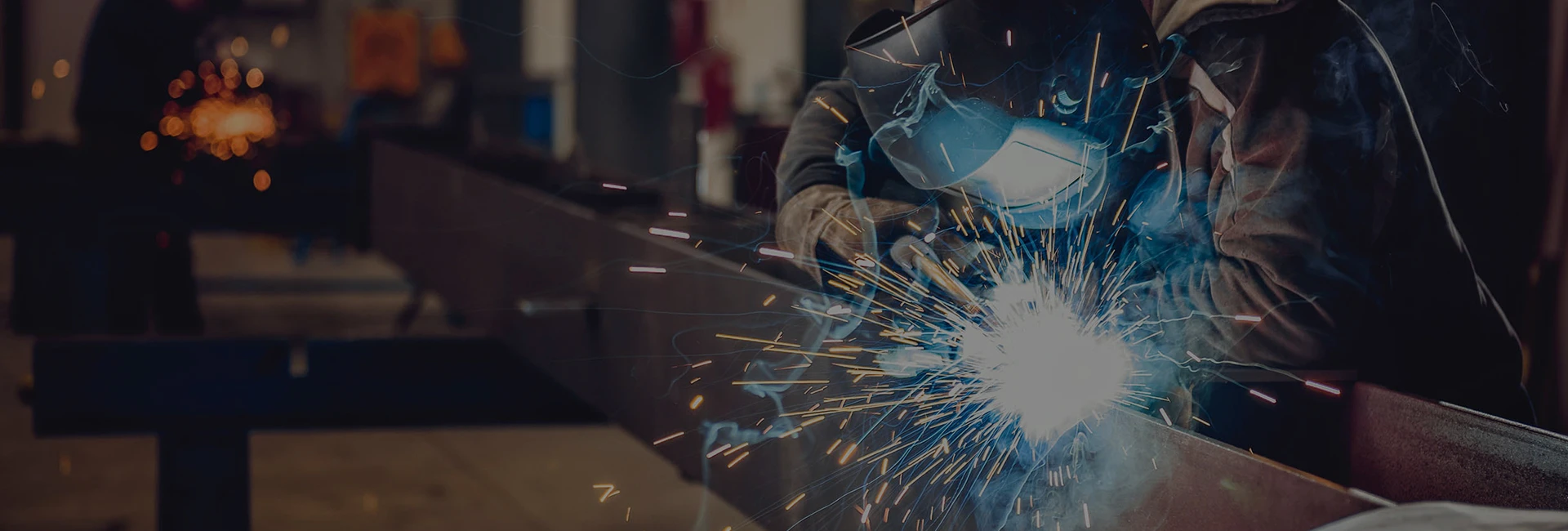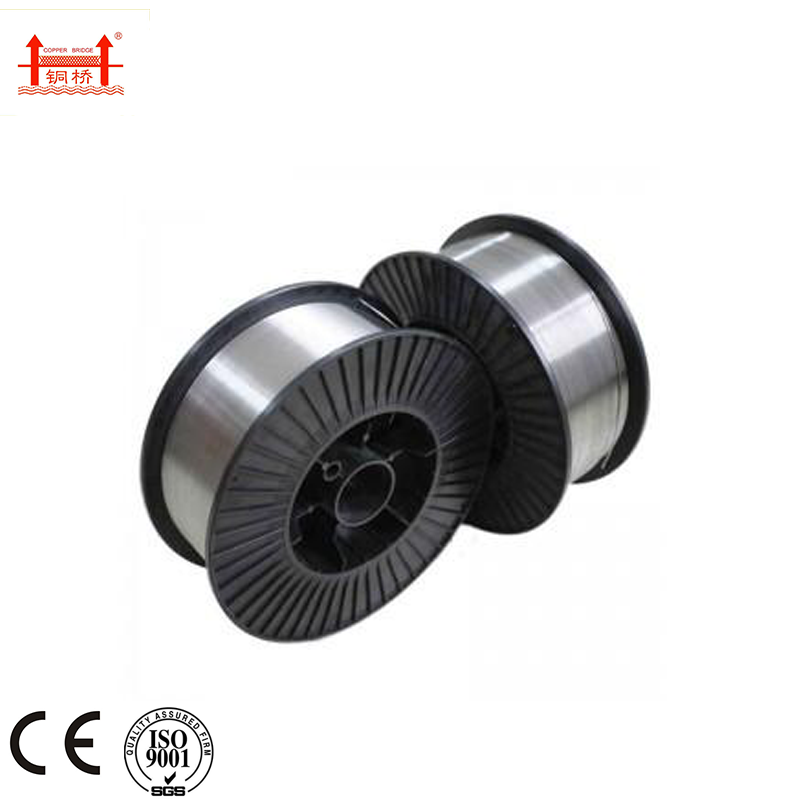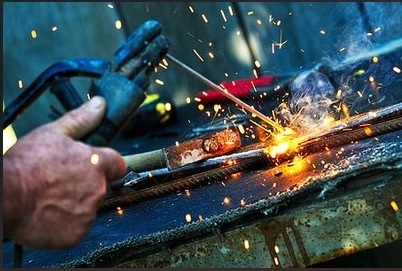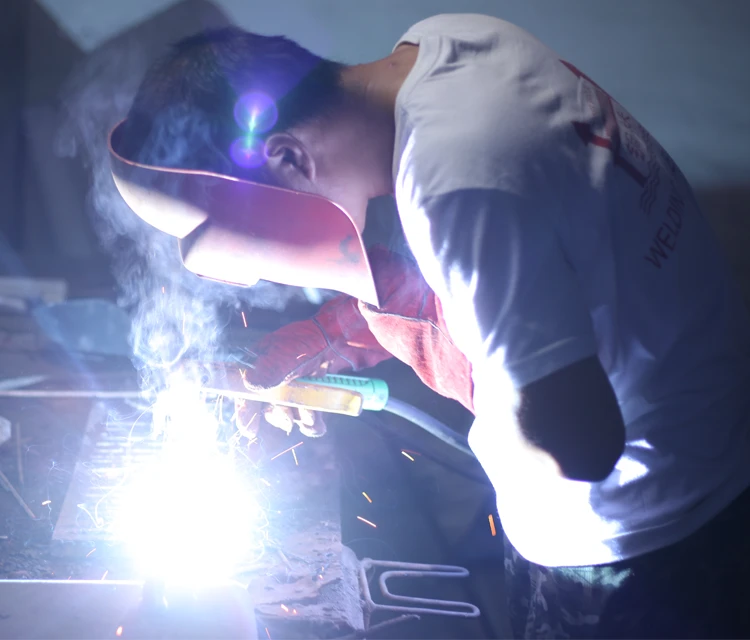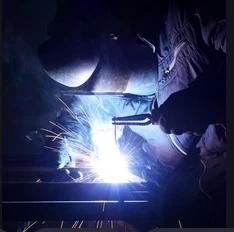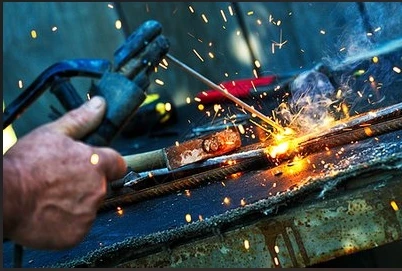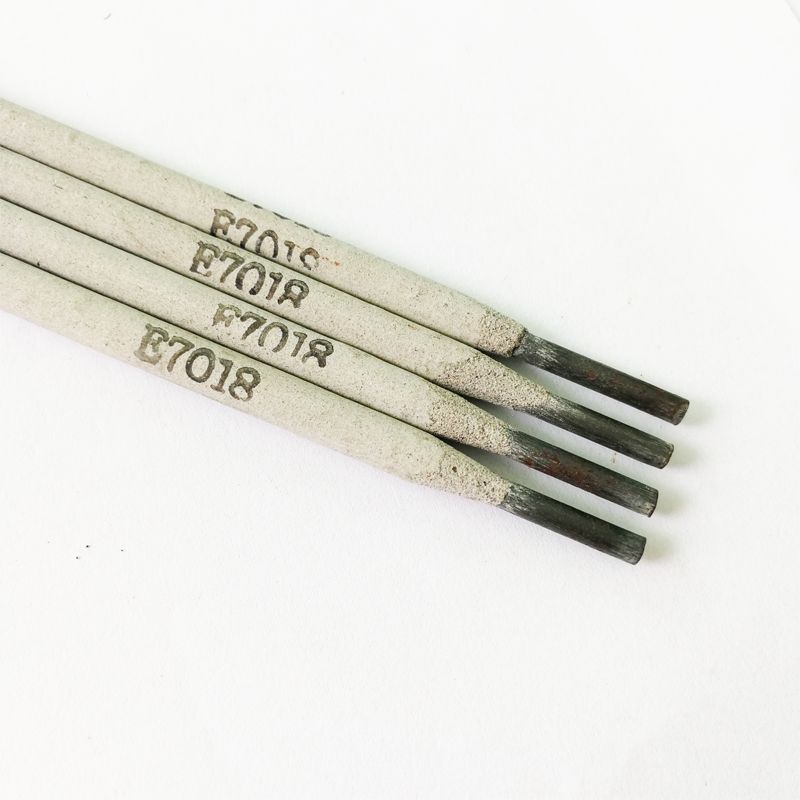Comprehensive Guide to e7018 1 h4r Welding Electrodes – Quality, Applications, and Trends
Nov . 23, 2025 03:00
Understanding e7018 1 h4r: A Global Standard in Welding Electrodes
Welding, often taken for granted, is at the heart of almost every built structure — from soaring skyscrapers to intricate machinery. Among myriad electrodes available, e7018 1 h4r stands out as a cornerstone for reliable, durable welds that meet modern industrial demands. Why does this matter globally? Because construction and manufacturing standards often hinge on the quality and consistency of welding consumables. Understanding e7018 1 h4r means you’re in tune with one of the subtle yet crucial cogs keeping critical infrastructure safe and efficient worldwide.
Before we dive deep, let's quickly sum it up: e7018 1 h4r electrodes are low-hydrogen, iron powder coated welding rods designed for strong, crack-resistant welds — perfect for complex constructions. Their global importance stretches from shipbuilding in Asia to pipeline projects in the Americas, supporting industrial growth and safeguarding human lives.
The Global Context: Why e7018 1 h4r Still Reigns
Here's a bit of context you don’t always get: according to the ISO standards, about 30% of all steel fabrication projects rely heavily on arc welding techniques using coated electrodes similar to e7018 1 h4r. In developing regions, infrastructure booms rely on welding rods meeting strict mechanical performance to prevent late-stage failures — a costly and dangerous problem.
Moreover, industries such as automotive, offshore platforms, and gas pipelines face increasing regulations from bodies like the International Organization for Standardization to ensure structural integrity and environmental safety. The challenge? Finding welding electrodes that balance strength, ease of use, and environmentally conscious specs. That’s where e7018 1 h4r plays its quiet but vital role.
Mini takeaway: welding rods like e7018 1 h4r are fundamental to upholding safety and regulatory standards on a global scale.
What Is e7018 1 h4r? Breaking Down the Code
Let’s decode the somewhat cryptic name e7018 1 h4r — bear with me; it will make practical sense:
- e = electrode
- 70 = minimum tensile strength of 70,000 psi (roughly 485 MPa)
- 1 = indicates usability in all welding positions, offering versatility in the field
- 8 = low hydrogen potassium iron powder coating — key for weld quality and crack resistance
- 1 h4r = further classification denoting moisture resistance (H4) and the rod’s usability on high-strength steels (R indicating rutile or iron powder coating)
In short: e7018 1 h4r is a specially coated, low hydrogen rod optimized for high integrity, crack-resistant welds across a range of steel types.
Its relevance nowadays spans industrial manufacturing, construction, and even humanitarian aid where sturdy, reliable welding can’t be compromised.
Core Features of e7018 1 h4r and Why They Matter
1. Durability and Crack Resistance
The “low hydrogen” content — signified by the number 8 in the code — reduces the risk of hydrogen-induced cracking, one of welding’s silent killers. Many engineers swear by e7018 1 h4r for projects involving high-stress or dynamic load-bearing structures.
2. Multi-Position Capability
Its 1 rating makes it versatile for flat, vertical, overhead, and horizontal welding — meaning welders can rely on it in tight, tricky, or elevated positions. This flexibility becomes invaluable on complex job sites.
3. Moisture Resistance (H4)
To prevent weld defects from moisture absorption (which can ruin weld integrity), e7018 1 h4r rods are baked and maintained with strict moisture control. This means fewer weld failures, less rework, and more trust from fabricators.
4. High Deposition Rate (Iron Powder Coating)
The iron powder coating improves deposition efficiency, meaning welders use fewer rods for the same job, saving time and costs — a classic case of small tech tweaks yielding big downstream savings.
5. Low Spatter, Good Arc Stability
Users often remark how smooth and clean the arc feels, leading to fewer defects and easier bead control. Less cleanup afterward? Always appreciated.
Mini takeaway: these aspects translate to dependable, efficient welding that meets tough mechanical and environmental requirements.
Applications Around the World
e7018 1 h4r rods show up everywhere. Here’s a quick tour:
- North America: Heavy machinery, pipeline welds, bridge construction, where safety codes are non-negotiable.
- Europe: Shipbuilding yards rely heavily on e7018 1 h4r for corrosion-resistant, flexible weld joints exposed to harsh marine environments.
- Asia: Rapid urbanization has industrialized sectors mass-producing structural steel frames and vehicles that lean on these electrodes.
- Africa & Middle East: Oil & gas infrastructure, power plants, and mining equipment fabrication — all sectors appreciating the electrode’s robustness.
For instance, after the 2010 Haiti earthquake, rebuilding efforts turned heavily to equipment welded with low hydrogen rods like e7018 1 h4r to ensure rapid, safe reconstruction under harsh conditions.
Advantages and Long-Term Impact
It’s not just about strength or cost; the intangible benefits matter too:
- Safety: Fewer welding defects mean safer structures and less downtime — literally lives depend on it.
- Cost Efficiency: Low spatter and high deposition save material and labor, translating to lower project budgets.
- Sustainability: Longer-lasting welds mean less frequent repairs, which reduces waste and environmental impact.
- Trust: Contractors and clients develop confidence in the build quality, creating stronger business partnerships down the line.
There’s a human story behind every weld — a family in a safe building, a vehicle protecting its passengers. And e7018 1 h4r helps deliver that confidence.
Product Specification Table
| Specification | Detail |
|---|---|
| Tensile Strength | 70,000 psi (485 MPa) |
| Electrode Diameter | 3.2 mm, 4.0 mm, 5.0 mm |
| Current Type | AC/DC+ |
| Position | All-position (flat, horizontal, vertical, overhead) |
| Hydrogen Level | Low (≤ 5 ml/100g weld metal) |
| Coating Type | Iron powder, low hydrogen |
Vendor Comparison: Choosing the Right e7018 1 h4r Supplier
| Vendor | Price (per kg) | Quality Certification | Moisture Content Control | Typical Delivery Time |
|---|---|---|---|---|
| Jinlong Welding Electrode | $4.50 | ISO 9001, AWS A5.1 | Baked and sealed packaging | 7–10 days |
| Global Weld Inc. | $5.10 | AWS A5.1 | Vacuum sealed bags | 10–14 days |
| SteelPro Electrodes | $4.80 | ISO 9001 | Standard moisture control | 5–7 days |
Looking Ahead: Future Trends in Welding Electrodes
Frankly, the welding world isn’t standing still — and say what you will, automation and sustainability are leading the charge. Innovations like AI-assisted welders and improved electrode chemistries are making welding both smarter and greener.
Manufacturers of e7018 1 h4r electrodes increasingly explore biodegradable coatings, enhanced flux blends for ultra-low hydrogen emissions, and digital tracking of moisture exposure. An interesting trend is the integration of IoT sensors with welding equipment to predict electrode shelf-life or optimal usage windows — something that seemed sci-fi a decade ago.
With global attention turning towards minimizing carbon footprints (ISO 14001 and similar standards), welding rods like e7018 1 h4r will likely evolve to support electric arc welders powered by renewable energy, furthering sustainable industrial practice.
Challenges & Smart Solutions
All said, challenges remain: moisture absorption during transport, fluctuations in electrode quality, and inconsistencies in weld penetration due to operator skill variability. These can cause costly reworks or structural weaknesses.
Some engineers recommend strictly controlled storage environments and pre-heating electrodes (baking) before use — plus choosing suppliers who rigorously monitor moisture content. Additionally, training welders on proper handling of e7018 1 h4r rods makes a surprisingly big difference. I suppose it’s a reminder that while product specs are vital, human factors still count.
FAQ: Everything You Wanted to Know About e7018 1 h4r
- Q: How long can e7018 1 h4r electrodes be stored without losing quality?
- A: If stored in sealed, moisture-proof containers or packaging, they typically last several months. However, once opened, it's recommended to bake electrodes at 250°C for an hour if exposure to humidity occurs to remove absorbed moisture.
- Q: What differentiates e7018 1 h4r from regular E7018 rods?
- A: The “h4r” indicates enhanced moisture resistance and an iron powder coating, resulting in higher deposition rates, improved weld bead appearance, and better crack resistance compared to standard E7018 rods.
- Q: Are e7018 1 h4r rods suitable for welding high-strength steel?
- A: Yes. Their classification supports use on higher strength steels due to low hydrogen levels and reliable mechanical properties, making them common in pressure vessel and pipeline fabrication.
- Q: Can these electrodes be used with AC welding machines?
- A: Yes, e7018 1 h4r rods work well with both AC and DC+ currents, offering flexibility on varied welding equipment.
Wrapping it Up: Why e7018 1 h4r Matters
To wrap this all up — e7018 1 h4r electrodes aren’t just welding rods; they're pillars of strength in industries and regions that demand top-tier safety and durability. Their balance of mechanical resiliency, moisture resistance, and ease of use make them a go-to choice from sprawling construction sites to remote industrial zones.
If you’re serious about reliable welding performance or looking for trusted suppliers, check out Jinlong Welding Electrode for professionally tested, moisture-controlled e7018 1 h4r rods that many engineers vouch for worldwide.
After all, welding that can carry a thousand tons, withstand time, and build futures isn’t just a product — it’s peace of mind.
References & Further Reading
Related Video


